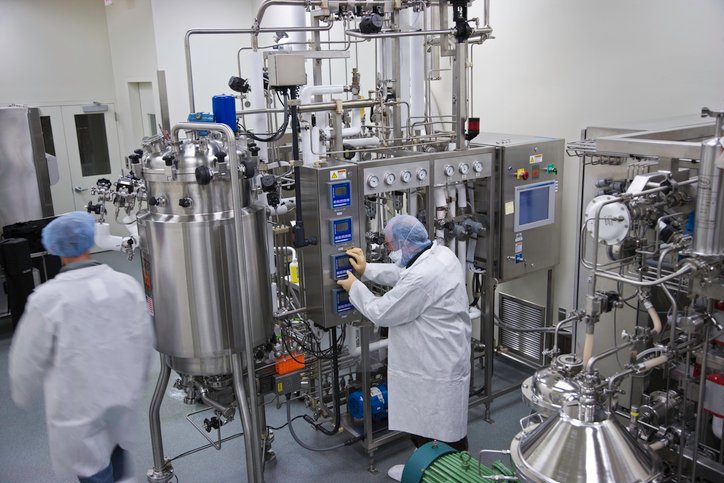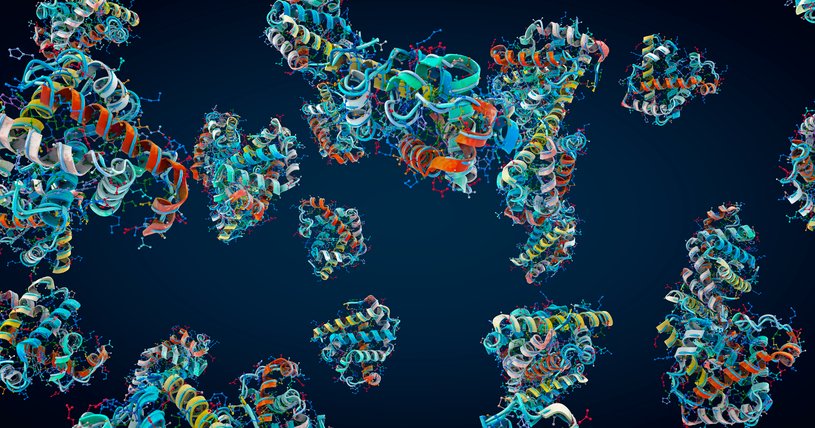Basic components designed for single-use in bioprocessing aren’t as interchangeable as biomanufacturers often assume. Subtle differences in components contribute to greater process variability, duplicative qualification efforts, and delayed manufacturing, among other issues.
“Without standardized evaluation criteria, it’s difficult to quickly and confidently substitute single-use components during shortages,” Sade Mokuolu, PhD, regional business development manager, life sciences, Watson Marlow Fluid Technology Solutions, and a co-author on the recent BioPhorum Interchangeability Assessment and Qualification Best Practice Guide, tells GEN.
“Companies are likely to underestimate how much using their own criteria for evaluating single-use components leads to resource strain on quality, procurement, and engineering teams, as well as slower onboarding of alternative suppliers,” she adds.
The issue, she says, is that “interchanging single-use components without proper evaluations and knowledge can introduce performance variability, compatibility problems with existing systems, and compliance risks that may necessitate revalidation or redesign of the systems.”
The guidance—by 25 industry authors from 18 leading biopharma organizations—highlights key elements to consider when conducting equivalency assessments of the single-use components used during drug substance manufacturing. It also includes equivalency matrices that identify minimum criteria for such assessments, detailed templates for attribute fit, form, and function, and considerations for specific components. The responsibilities of suppliers and end users have also been delineated.
Interchangeability assessments
At a high level, interchangeability assessments include not only material composition but also the compatibility of assembly connections, shapes, validation principles, function, risk assessment, and any regulatory concerns regarding interchangeability. The framework focuses on like-for-like and functional equivalent changes, providing insights for categorizing each change and whether it may or may not be considered interchangeable.
For example, for like-for-like changes, “change to procedure(s) or applicable guidelines may be acceptable if document revision has no impact on validated process parameters, e.g., key process parameters…or certificate of pharmaceutical product,” the guidance notes. To clarify changes to form or function, it states, “Change to fit or form may be acceptable if the assessment demonstrates that there is no expected impact to performance of single-use components, system, or process, and quality attributes of product, where applicable.”
Where differences occur, the interchangeability guidance recommends performing technical evaluations—which it also outlines—and risk assessments to demonstrate that those differences do not affect “the manufacturing process, validation, or compliance dossier.”
To assess materials used in the components, the guidance includes the standard attributes of materials typically used in bioprocessing manufacturing. Take into consideration where in the process these materials may be used, as well as their composition, the guidance advises.
Implementing a standard methodology to assess interchangeability for single-use components has benefits throughout manufacturing and even improved the supply chain. Specifically, Mokuolu points out that it minimizes delays, reduces internal and regulatory hesitation, and minimizes change management bottlenecks attributable to supply changes.
The post Single-Use Component Interchangeability Detailed in Guidance appeared first on GEN – Genetic Engineering and Biotechnology News.




